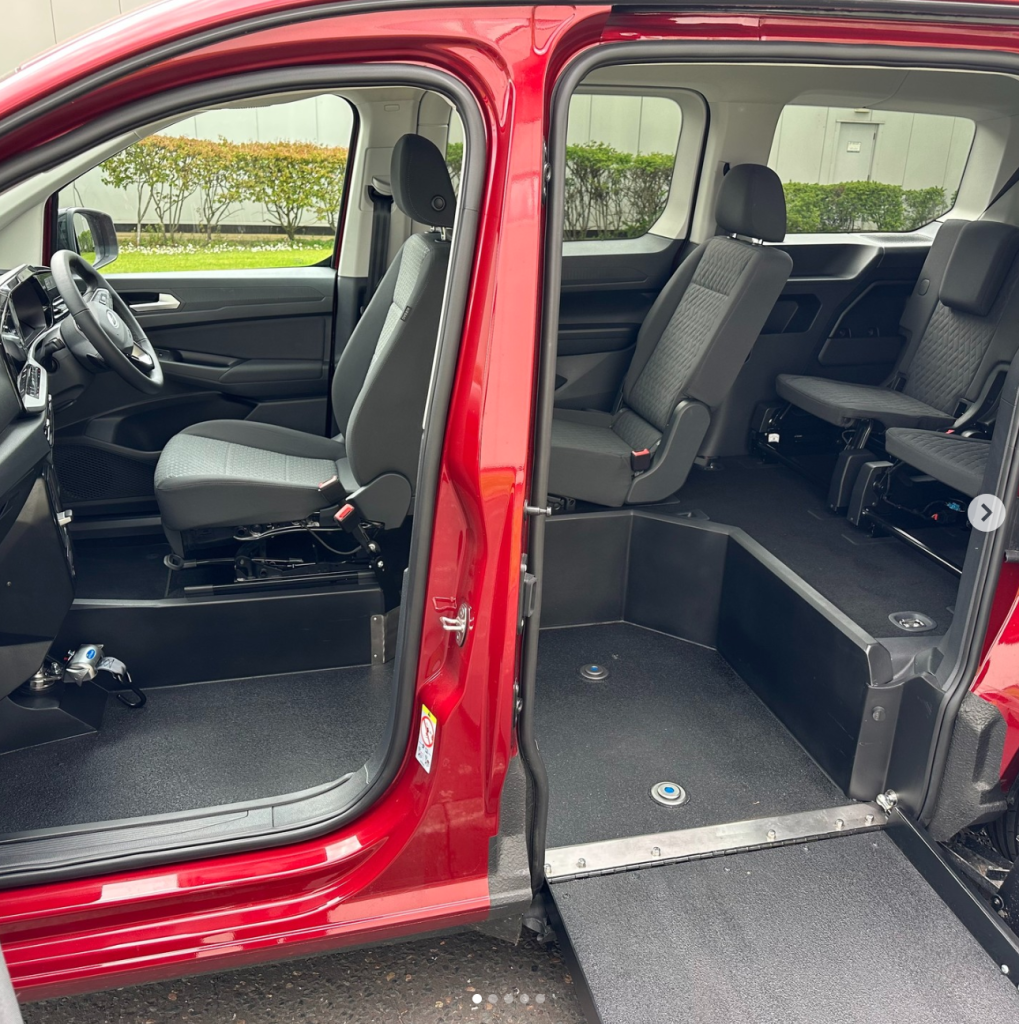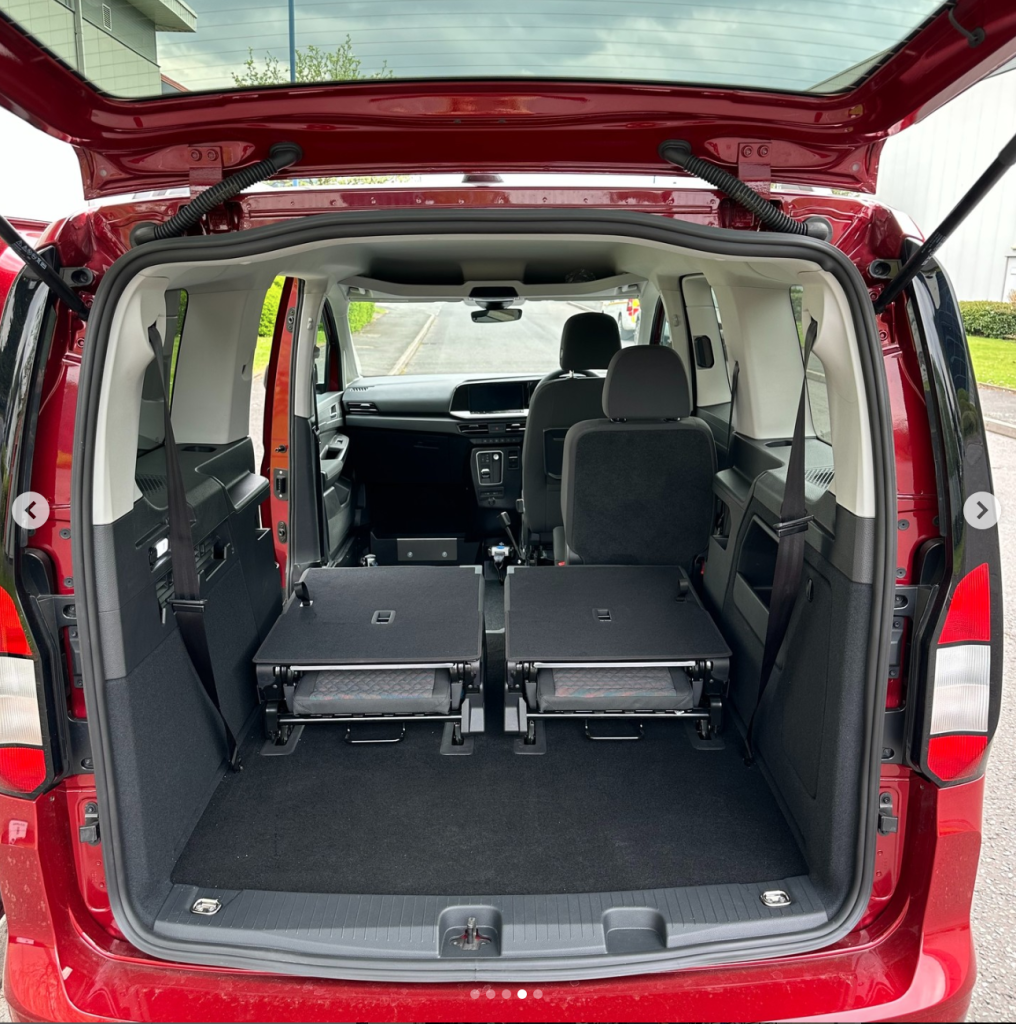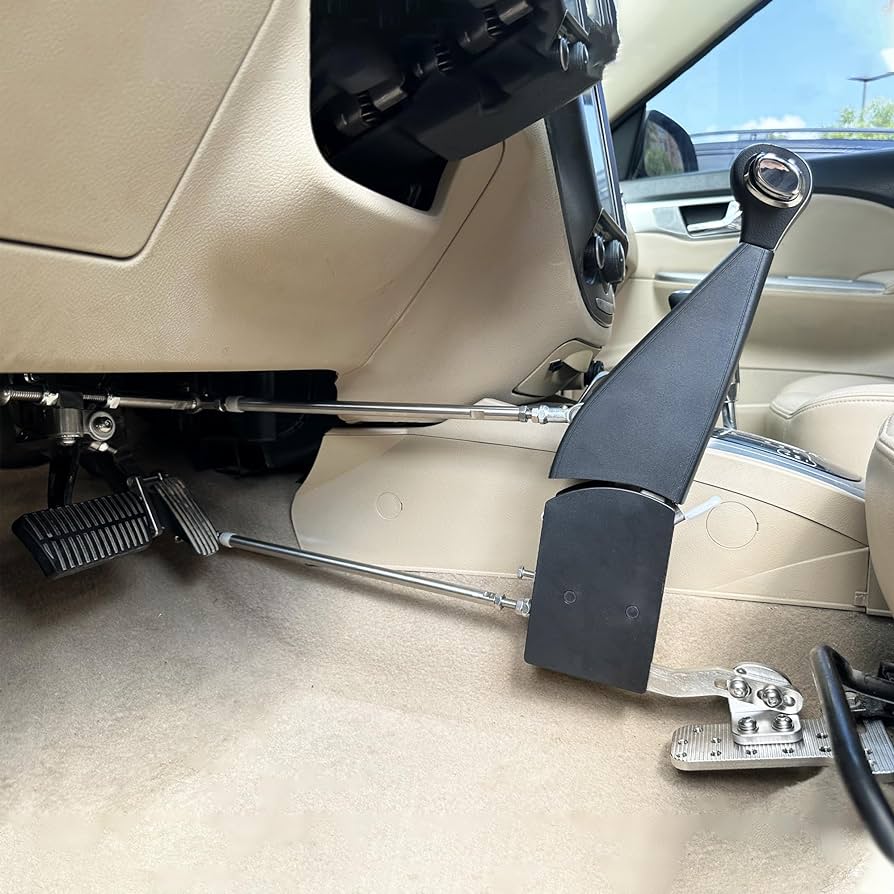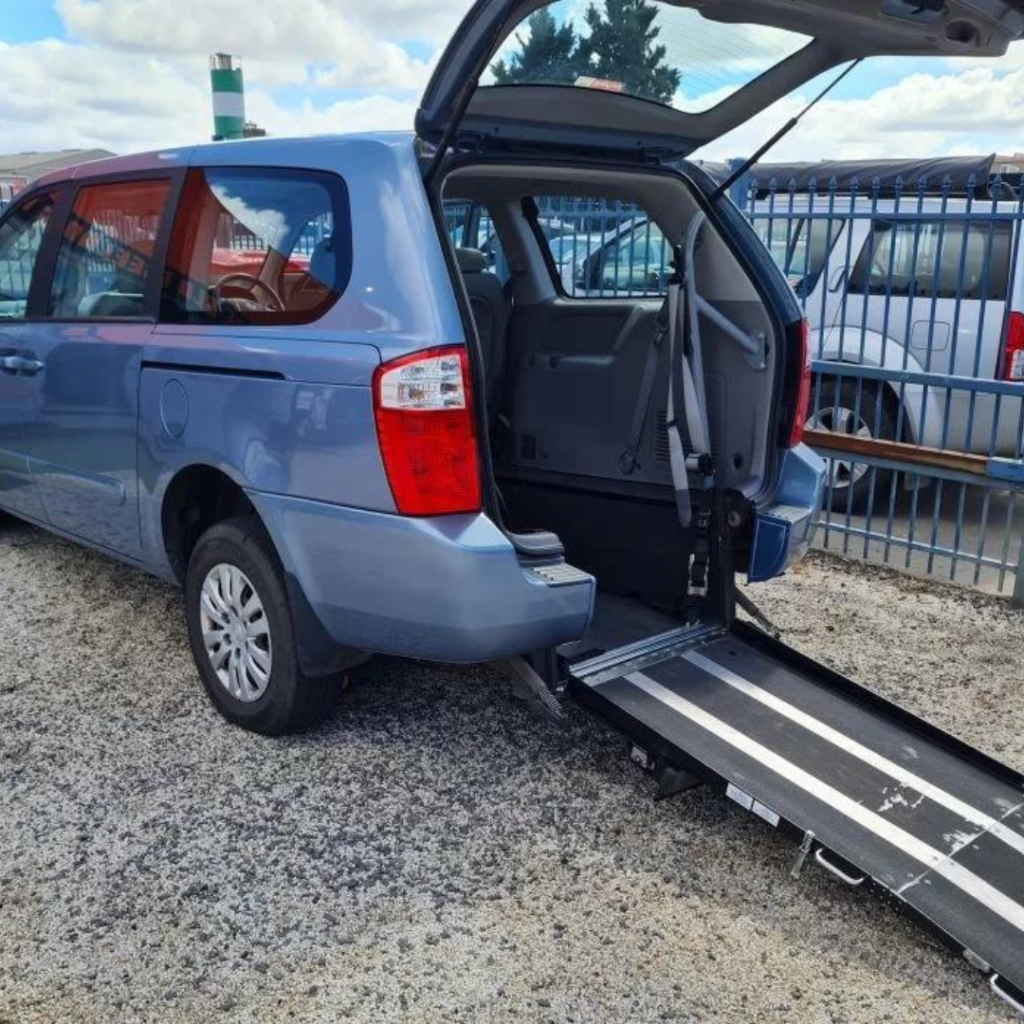For many people, owning a car symbolizes freedom, independence, and mobility. However, cars for handicapped people that accommodates their needs can be challenging. Fortunately, advancements in automotive technology and design have led to a variety of options specifically tailored to meet the requirements of handicapped drivers.
Understanding Accessibility Needs
When it comes to selecting a car for handicapped individuals, a thorough understanding of specific accessibility requirements is crucial. Disabilities vary widely, and the accommodations needed can differ significantly from person to person.
For individuals with mobility impairments, considerations may include the type and extent of assistance required for entering and exiting the vehicle, as well as the ability to operate controls comfortably and safely while seated. Some individuals may require vehicles equipped with wheelchair ramps or lifts to facilitate easy access to the driver’s seat or passenger area without relying on assistance from others. Others may benefit from modified steering controls, such as hand-operated devices, to compensate for limited upper body strength or coordination.
Furthermore, individuals with visual or cognitive impairments may require vehicles equipped with electronic aids, such as voice-activated commands or touchpad controls, to enhance accessibility and ensure safe operation. These adaptations enable drivers to interact with essential functions such as lights, turn signals, and windshield wipers using alternative methods suited to their specific needs.



Adapted Vehicles
Adapted vehicles, also known as modified or accessible vehicles, are designed to accommodate various disabilities. These vehicles often feature customizable options such as:
Wheelchair Ramps or Lifts: For wheelchair users, vehicles equipped with ramps or lifts provide easy access to the driver’s seat or passenger area. These ramps or lifts can be installed at the rear or side of the vehicle, allowing wheelchair users to enter and exit without assistance.
Hand Controls: Hand-operated controls allow individuals with limited lower body mobility to operate essential functions, such as the accelerator, brake, and steering functions using their hands instead of their feet. These controls are typically customized to suit the individual’s specific needs and preferences, with options including joystick steering, push/pull hand controls, and electronic throttle and brake systems.
Swivel Seats: Swivel seats can rotate and lower, making it easier for individuals with mobility issues to enter and exit the vehicle. These seats can be manually operated or motorized, allowing for seamless transitions between the wheelchair and driver’s seat without the need for complex transfers.
Electronic Controls: Electronic adaptations, such as voice-activated commands and touchpad controls, offer alternative methods for operating essential vehicle functions, like lights, turn signals and windshield wipers. These controls can be customized to accommodate a wide range of disabilities, including visual, cognitive, and mobility impairments, allowing drivers to interact with the vehicle’s systems safely and intuitively.
Adjustable Pedals and Steering Columns: Adapted vehicles often feature adjustable pedals and steering columns to accommodate drivers of varying heights and physical abilities. These adjustable components allow drivers to customize the position of controls for optimal comfort and accessibility, reducing strain and fatigue during long drives.
Remote Control Systems: Some adapted vehicles are equipped with remote control systems that allow caregivers or attendants to operate certain vehicle functions, such as opening and closing doors, deploying ramps or lifts, and sharing or stopping the engine, from outside the vehicle. These systems provide added convenience and independence for individuals who require assistant with vehicle operation.




Choosing the Right Vehicle
Selecting the right vehicle involves considering factors such as individual needs, lifestyle, budget, and preferences. Here are some key considerations:
Size and Space: Ensure the vehicle has adequate space to accommodate mobility aids such as wheelchairs or walkers, as well as any additional passengers or cargo.
Comfort and Accessibility: Test drive vehicles to assess comfort levels and accessibility features, such as ease of entry and exit, adjustable seating, and visibility from the driver’s seat.
Safety Features: Prioritize vehicles with advanced safety features such as anti-lock brakes, traction control, and electronic stability control to enhance driver confidence and security.
Budget and Financing Options: Research available funding sources, grants, or financial assistance programs, such as the Vehicle Modification subsidy Scheme, that may help offset the cost of purchasing an adapted vehicle. If you have NDIS funding speak to your Support Coordinator about getting the costs covered.
How do you get vehicle modifications and driving supports in your plan? Click here.Maintenance and Servicing: Consider the long-term maintenance and servicing requirements of adapted vehicles, including availability of specialized technicians and replacement parts.
Resources and Support
Navigating the process of acquiring a car for handicapped individuals can be overwhelming, but numerous resources and support networks are available to assist along the way. Organisations such as the Independent Living Centres Australia (ILCA) and Disabled Motorists Australia (DMA) offer valuable guidance and advocacy for disabled motorists and adaptive vehicles. Additionally, consulting with healthcare professionals, disability advocates, your NDIS Support Coordinator or LAC and local service providers can also be valuable in navigating the process and accessing the assistance needed.
Adaptive Conversion Specialists
If you would like to hire and test out one of our wheelchair accessible vehicle's call us on 1800 133 320 or email us at info@wheelaway.net.au

Related Articles
- Rolling Forward: Top Wheelchair Accessible Vehicles Australia Has to Offer
- Explore Freedom with Our Accessible Rental Vans – Comfort and Mobility for Every Journey!
- Finding the Perfect Car for a Handicapped Person: A Comprehensive Guide to Accessible Vehicles
- Day Trips for the Elderly in Sydney: Exploring with Ease and Comfort
- Best Day Trips for the Elderly in Melbourne: Discover, Relax, and Enjoy
- Top Adapted Vehicles: Choosing the Best Option for Mobility Needs
- Unlock Mobility: Discover the Benefits of Toyota Wheelchair Accessible Vehicles
- Top Wheelchair Accessible Vehicle Hire in Melbourne CBD: Convenient, Reliable, and Inclusive Transport Solutions
- Enhancing Mobility: The Second Row Kia Carnival for Wheelchair Accessibility
- Enhancing Mobility: Second Row Conversion for Wheelchair Accessibility in the Kia Carnival
- Effortless Travel: Hiring Wheelchair Accessible Cars in Sydney CBD
- Unlocking Mobility: Exploring the World of Used Handicap Vehicles
- Wheelchair Accessible Rental
- Exploring Wheelchair Accessible Vehicles: Enhancing Mobility and Independence
- Vehicles For Wheelchair Transport
- Wheelchair Van Hire
- Driving Freedom: A Guide to Cars for Handicapped Individuals
- Wheelchair Accessible Vehicles to Hire
- Wheelchair Accessible Car Hire
- Wheelchair Accessible Vehicle Hire Melbourne
- Wheelchair Accessible Vehicle Hire Sydney
- Disability Transport Services Melbourne
- Renting a Wheelchair Van
- Vehicle for Wheelchair Users
- converting a van to wheelchair accessible
- Wheelchair Vehicle
- Wheelchair Van
- Wheelchair Accessible Vehicles for Hire in NSW & Victoria
- Not a Wheelchair: Understanding the Importance of Accessible Vehicles for People with Mobility Challenges
- Wheelchair Car Hire
- Toyota Wheelchair Accessible Vehicles For Sale
